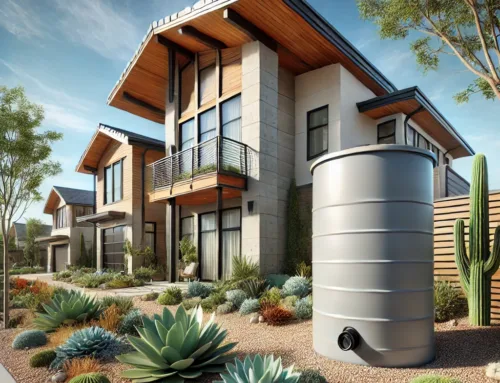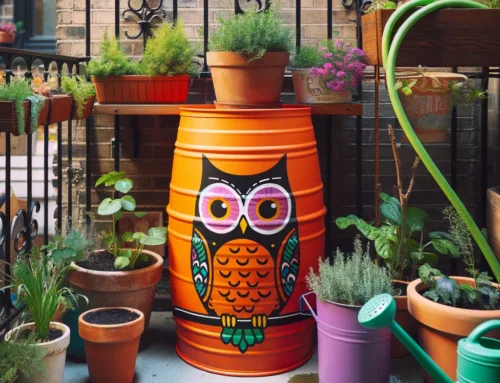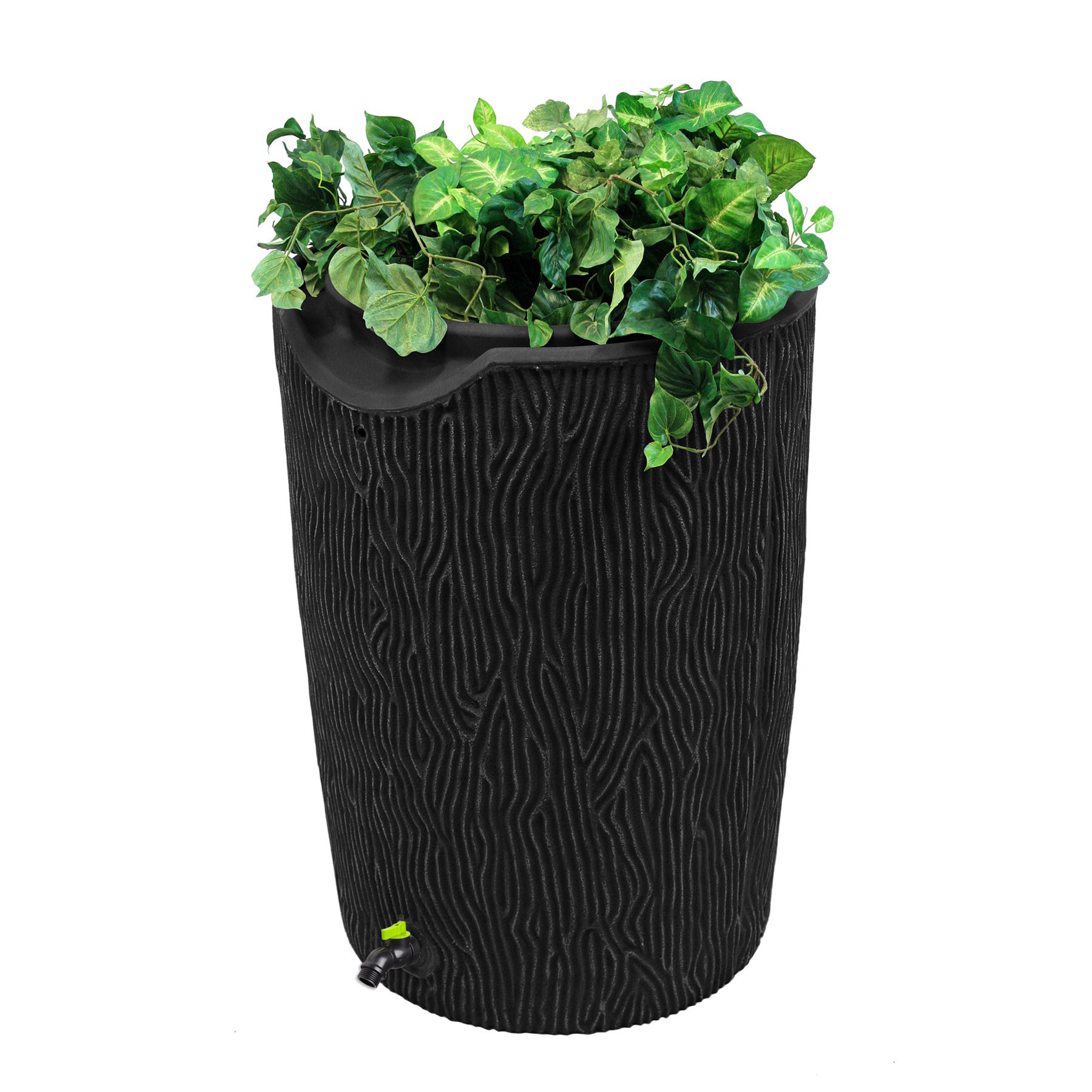Rain Water Harvesting Seattle Washington
Water is one of the most important resources on this planet. Without it, life would not exist. Unfortunately, water is also a scarce resource in many places around the world. With that being said, people are always looking for ways to save and conserve water to be enough for generations to come. One way to do this is by using rainwater harvesting systems in your home or business. This blog post will discuss some things you should know before installing a system at your property on Rain water harvesting Seattle Washington.
What is Water Harvesting?
Water harvesting is just what it sounds like. It’s saving and collecting water in any way possible for later use. Now, the word “harvest” might sound a little farfetched when talking about rainfall or other types of precipitation, but that is precisely what you are doing – making sure every single drop counts. There are many different ways to harvest water, such as:
Rainwater Harvesting System
A rainwater harvesting system (which we’ll be discussing more in-depth) collects and stores rainfall on your property. This storage unit can then be used for various things like irrigation, toilet flushing, hydroponics. It’s important to note that this type of system isn’t limited to collecting and storing rain – it could also collect snowmelt or other types of moisture. Just keep reading to find out exactly how you can benefit from installing one.
How much rainwater can I catch?
How much water you can harvest depends on several factors, but the biggest one is your location. If you live in an area of low rainfall like Las Vegas, NV (which only receives around four inches per year), it may be hard to make this system worthwhile for you due to how little rain falls each day and season. However, suppose you’re located with high levels, such as Moorhead, MN (where nearly 30 inches fall every month during their wet seasons). In that case, harvesting could potentially save you hundreds or even thousands of dollars. It’s also important to note that just because certain areas receive higher amounts doesn’t necessarily mean they should have more systems installed than other places. For example, rain
water harvesting Seattle Washington experiences some of the lowest rainfall amounts in the US, so it may not be worth installing a system there.
Benefits Of Water Harvesting Systems At Your Property
There are many benefits associated with having a water harvesting system at home or business, including the following:
- The cost savings associated with using a system can be huge. Collecting and storing water for later use is a lot cheaper than paying the local municipality to do it for you.
- The environmental impact of using harvested rainwater instead of “fresh” water from a tap or well is minimal. Using your supply doesn’t take away from nearby bodies of water but may benefit them in some cases (e.g., reducing nitrate pollution).
- Water harvesting systems provide more flexibility, allowing you to stay on the property even if there’s an emergency that affects municipal services like power outages. That way, at least one source of clean drinking water will still exist when it might otherwise not be available. So, now that we’ve gone over some of the main benefits of water harvesting, let’s discuss how you can install one.






